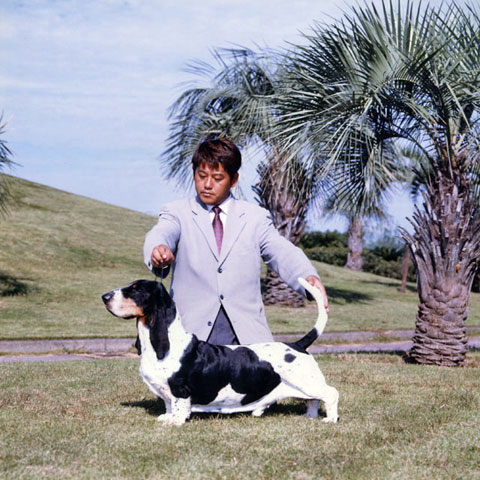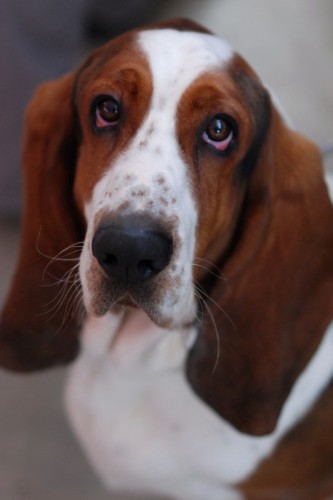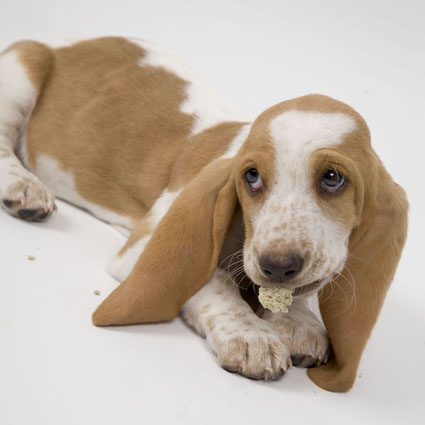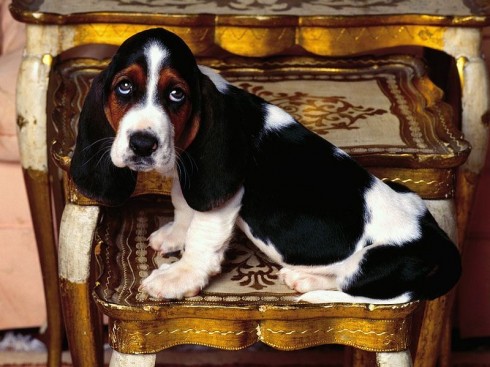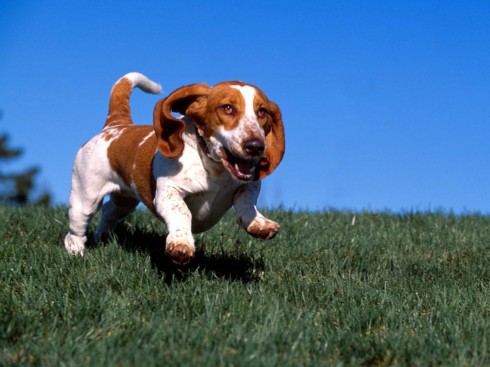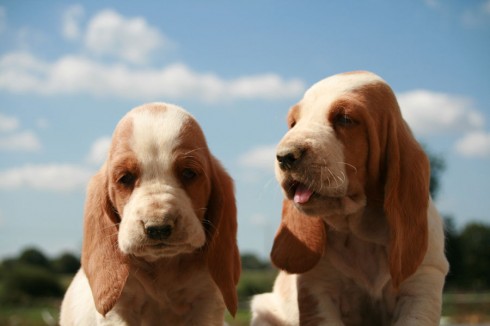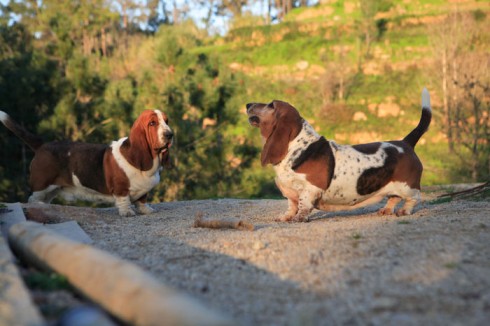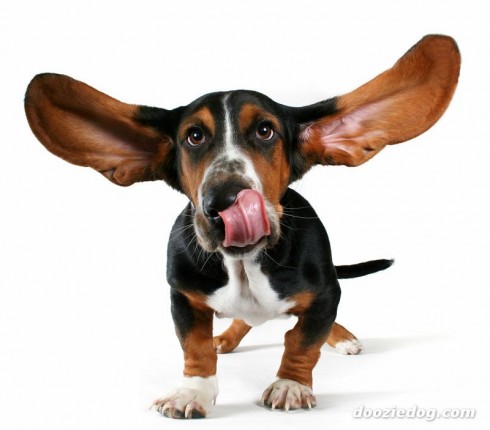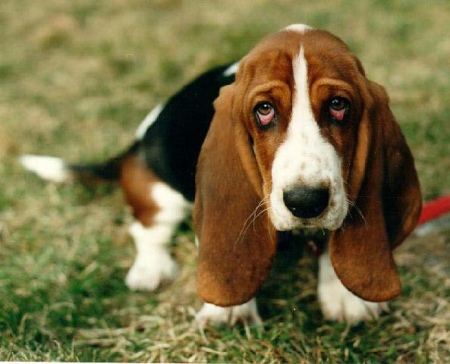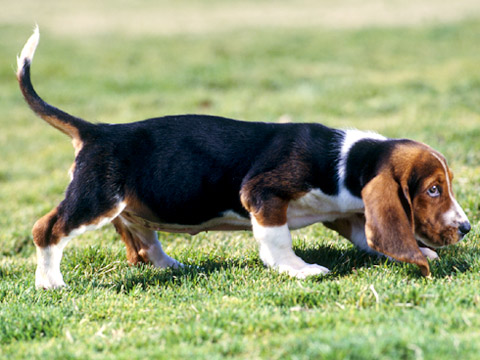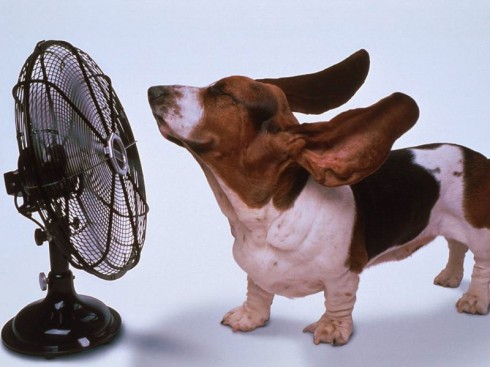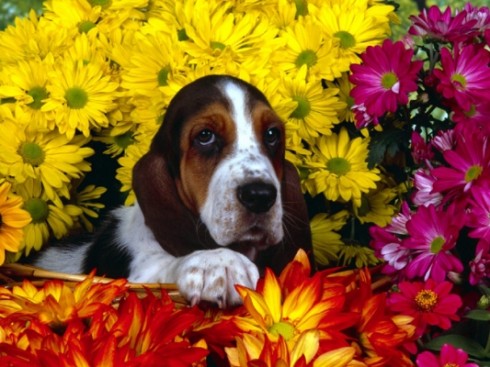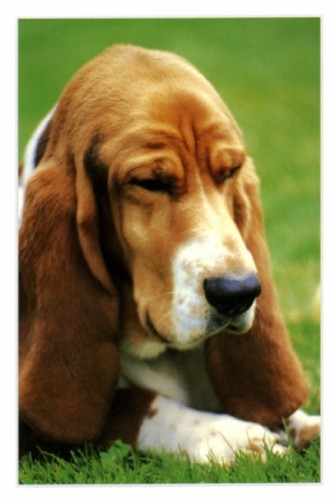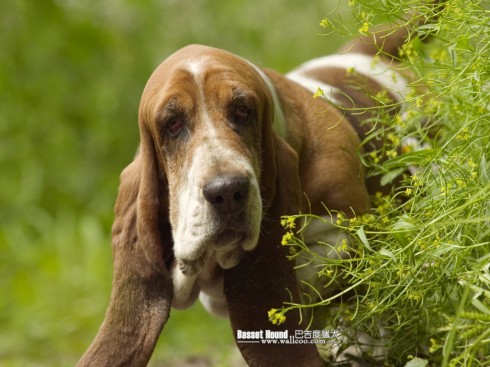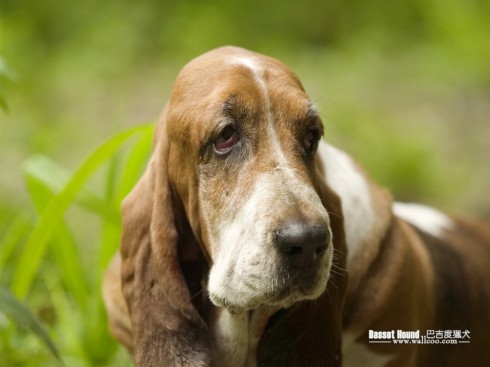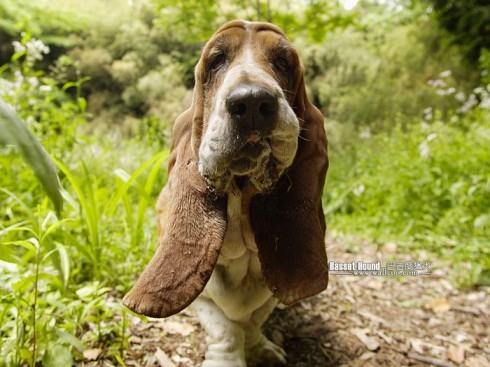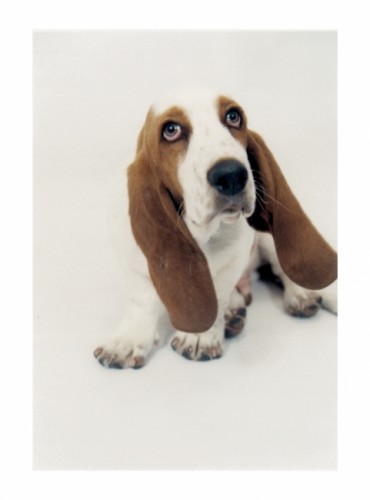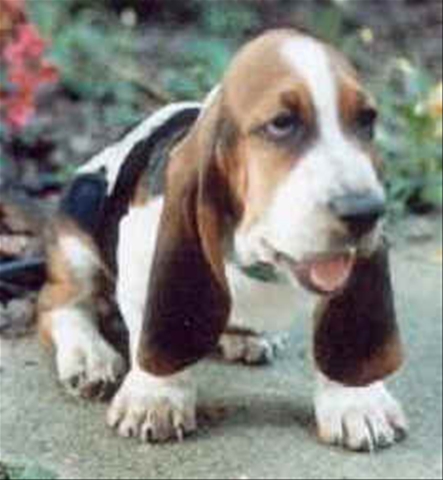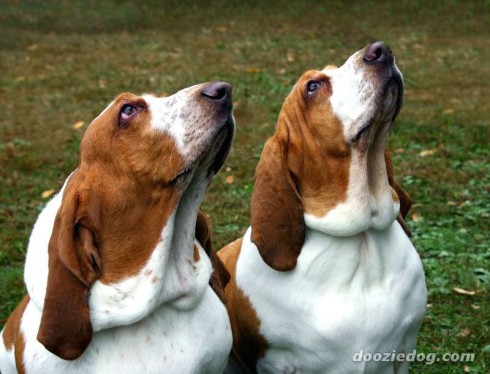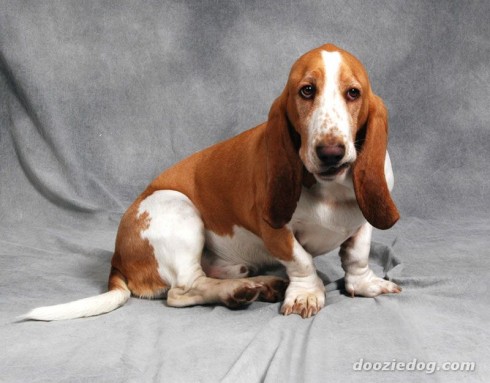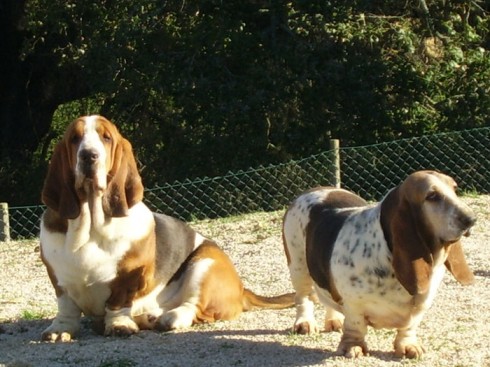Main Index
In Store
Our Web Store
Miniature Schnauzer Picture Gallery
Latest Dog Blogs
- What Are The Basic Commands To Train A Dog?
- PaySafe As The Most Popular Type Of Deposit
- Everything You Need To Know About Pet Sales
- Dogs Contribute To Our Physical And Mental Well Being
- How To Choose Where To Bet On Greyhounds In 2022
- Volunteer With Animals - How To Help Dogs Around The World
- Basic Understanding Of The House Edge
- Why You Should Get A Dog
- Top 20 Popular Dog Names Around The World
- Constipation in Dogs and How to Find Solutions
Basset Hound
Basset Hound Clubs/Associations
The Full Basset Hound Description
Long and low to the ground, the Basset Hound is renowned for his sweet personality and gentle manners. As a family companion, especially for kids, the Basset is a winner. He brings his easygoing, laid-back style into the house and is extremely devoted.
Did you know?
In trailing ability, the accuracy of his nose makes him second only to the Bloodhound.
So you want to own a Basset Hound?
The Basset Hound is a natural hunter and should never be allowed to roam without supervision.
Basset Hounds traditionally hunted in packs, which required a comradely attitude towards other dogs.
The Basset Hound is laid back, sociable, and affectionate. It is a great dog for children and adults of all ages.
When there is nothing better to do, Bassets sleep, and are not destructive when left alone. They turn on to food, but not necessarily to exercise.
Indicative Breed Standard
General Appearance
Short-legged hound of considerable substance, well balanced, full of quality. A certain amount of loose skin desirable.
Characteristics
Tenacious hound of ancient lineage which hunts by scent, possessing a pack instinct, a deep melodious voice and capable of great endurance in the field.
Temperament
Placid, never aggressive or timid. Affectionate.
Head and Skull
Domed with some stop and occipital bone prominent; of medium width at brow and tapering slightly to muzzle; general appearance of foreface lean not snipy. Top of muzzle nearly parallel with line from stop to occiput and not much longer than head from stop to occiput. There may be a moderate amount of wrinkle at brow and beside eyes. In any event skin of head loose enough as to wrinkle noticeably when drawn forward or when head is lowered. Flews of upper lip overlap lower substantially. Nose entirely black except in light-coloured hounds when it may be brown or liver. Large and well opened nostrils may protrude a little beyond lips.
Eyes
Lozenge-shaped neither prominent nor too deep-set, dark but may shade to mid-brown in light coloured hounds. Expression calm and serious. Red of lower lid appears, though not excessively. Light or yellow eye highly undesirable.
Ears
Set on low, just below line of eye. Long; reaching well beyond end of muzzle of correct length, but not excessively so. Narrow throughout their length and curling well inwards; very supple, fine and velvety in texture.
Mouth
Jaws strong, with a perfect, regular and complete scissor bite, i.e. upper teeth closely overlapping lower teeth and set square to the jaws.
Neck
Muscular, well arched and fairly long with pronounced but not exaggerated dewlap.
Forequarters
Shoulder blades well laid back; shoulders not heavy. Forelegs short, powerful and with great bone; elbows turning neither in nor out but fitting neatly against side. Upper forearm inclined slightly inwards, but not to such an extent as to prevent free action or to result in legs touching each other when standing or in action; forechest fitting neatly into crook when viewed from front. Knuckling-over highly undesirable. Wrinkles of skin on lower legs.
Body
Long and deep throughout length, breast bone prominent but chest neither narrow nor unduly deep; ribs well rounded and sprung, without flange, carried well back. Back rather broad; level; withers and quarters of approximately same height, though loins may arch slightly. Back from withers to inset of quarters not unduly long.
Hindquarters
Full of muscle and standing out well, giving an almost spherical effect when viewed from rear. Stifles well bent. Hocks well let down and slightly bent under but turn neither in nor out and just under body when standing naturally. Wrinkles of skin may appear between hock and foot, and at rear of joint a slight pouch resulting from looseness of skin.
Feet
Massive, well knuckled up and padded. Forefeet may point straight ahead or be turned slightly outwards but in every case hound always stands perfectly true, weight being born equally by toes with pads together so that feet would leave an imprint of a large hound and no unpadded areas in contact with ground.
Tail
(Stern) well set on, rather long, strong at base, tapering, with moderate amount of coarse hair underneath. When moving, stern carried well up and curving gently, sabre-fashion, never curling or gay.
Gait/Movement
Most important. Smooth free action with forelegs reaching well forward and hind legs showing powerful thrust, hound moving true both front and rear. Hocks and stifles never stiff in movement, nor must any toes be dragged.
Coat
Smooth, short and close without being too fine. Whole outline clean and free from feathering. Long haired, soft coat with feather highly undesirable.
Colour
Generally black, white and tan (tri-colour); lemon and white (bi-colour); but any recognised hound colour acceptable.
Size
Height: 33-38 cms (13-15 ins) at withers.
About Our Article Directory
- Article
- 27 November 2010
- 2 comments
Bloat And Dog Food - Is There A Connection?
- Breed Article
- 26 November 2010
- No comments
Ten Least Intelligent Breeds of Dog
- Article
- 20 November 2010
- 1 comment
Canis lupus familiaris
- Breed Article
- 29 May 2010
- No comments
Quick Search
Donate
Latest Dog Pods
- Tips on How to Stop Your Dog from Biting
- Beware - Not All Advertised Dog Rescues Really Are! How Can You Know The Truth?
- Helpful Tips For Dog Obedience Problems
- How to Keep Dogs From Eating Poop
- Dog Grooming Tips - A General Overview of the Very Basics of Dog Grooming
- Recognising Different Types of Dog Obedience Problems
- 5 Important Tips On Feeding A Puppy


